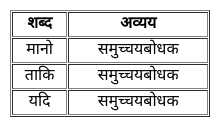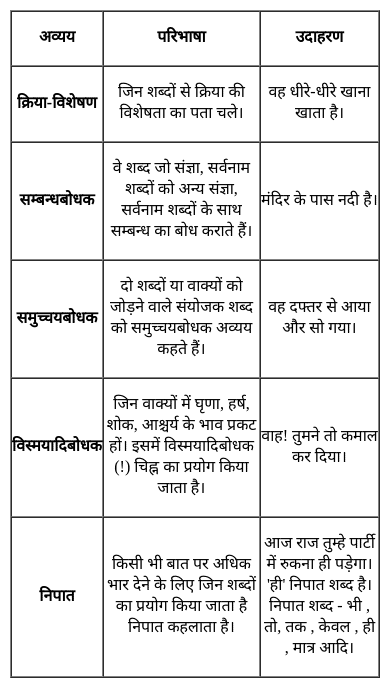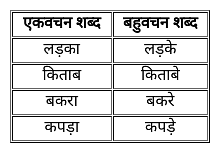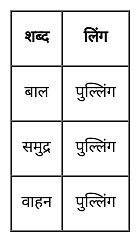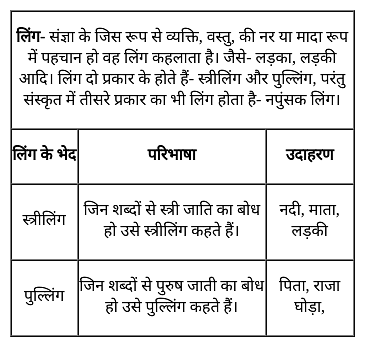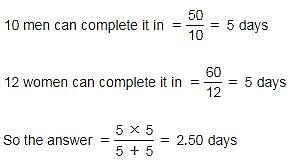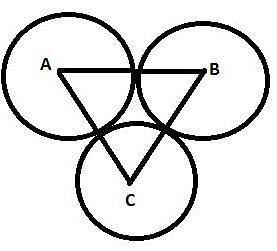BPSC TGT SST (History & Polity) Mock Test - 1 - Bihar PGT/TGT/PRT MCQ
30 Questions MCQ Test Bihar TGT Exam Mock Test Series 2024 - BPSC TGT SST (History & Polity) Mock Test - 1
Read the following sentence and choose the correct options below.
Tick the pair that goes together.
Direction: Choose the correct reflexive pronoun.
Q. I was present there ___________.
| 1 Crore+ students have signed up on EduRev. Have you? Download the App |
निम्नांकित में से कौन-सा 'समुच्चयबोधक शब्द' नहीं है?
A man and a woman can complete a work in 50 and 60 days, respectively. In how many days can 10 men and 12 women together complete the work?
Directions: Each of the following consists of a question and two statements numbered I and II given below it. You have to decide whether the data provided in the statements are sufficient to answer the question:
Madhavi joined the office on which date?
Statement I: Madhavi’s daughter correctly remembers that Madhavi joined the office after 4th November but before 10th November.
Statement II: Madhavi’s husband correctly remembers that Madhavi joined the office after 7th November but before 12th November.
A man bought 17 articles for Rs. 480 each, 15 articles for Rs. 600 each and 18 articles for Rs. 900 each. What is the average cost price per article?
The three equal circles touches each other externally. If the centres of these circles be A, B, C then ΔABC is ________
The average weight of A, B, C and D is 64 kg. If the average weight of A and B is 50 kg and that of B, C and D is 70 kg, what is the weight of B?
The process of burning hydrocarbons in the presence of oxygen to produce carbon dioxide and water is called:
Which of the following advocated the reorganisation of Indian society on rational principles and modern humanistic and secular values ?
“Near the cemetry area has been found another cemetry at a higher level. It contains fractional burials of men with short headed Armenods skull in pots. A skull of similar type was buried in the citadel”. Name the place.
Which two of the Rock Edicts of Ashoka mention the Southern kingdoms Cholas, Pandyas, Satiyaputra, Keralaputra and Ceylon?
Which one of the following was the most well known powerful and first group of nobles created during the Sultanate period?
The belief of Dalit leaders during the Freedom movement that ‘Political empowerment would resolve the problems of their social disabilities’ resulted in the following demands?
1. Separate electorates.
2. Reserved seats in education institutions.
3. Organizing Dalits in major national associations by Dalit leaders.
Choose the correct answer using the codes below.
Transformation of ideas, thoughts and practices of the people in a long period of time is called _____.
One of the appropriate reasons that the government in China is not democratic is
The number of Lok Sabha Constituencies in India at present is:
What is meant by the term ‘constituency’?
In how many states in India, there are Human Rights Commission.
Which body exposed to the world about the prisoners at Guantanamo Bay were being tortured in ways that violated the US laws?
What kind of government is there in Myanmar?


